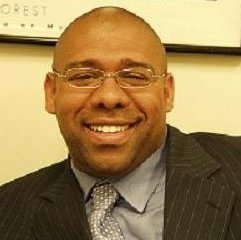Check out: Why researching minority superhero characters would've done Michelle Rodriguez some good
The same can be said for young, African-American boys in today's society.
Kids want to connect with people they see on TV and in real life. From 1988 to 1993, African-American kids could easily connect with Kevin Arnold from “The Wonder Years” because his character transcended race. He was a kid who had real issues. He worried about homework and relationships like most people that age worry about. He loved his family and wanted to enjoy his life as a young person.
But there's something about seeing African-American teenagers and positive role models in TV shows like "Family Matters," "The Fresh Prince of Bel-Air," "The Cosby Show," "Sister Sister," "Roc," "The Jeffersons," "The Wayans Bros.," "227," "The Bernie Mac Show," "Black-ish," "Everybody Hates Chris," "Good Times" and a slew of other shows.
All of these sitcoms had different plots and plights, which made it easier for both minority and majority cultures to get past stereotypes to see a wider range of characters. Personally, I related to "The Jeffersons" and "A Different World" the most.
| | |
| | |
Everyone may have their pros and cons about the TV shows mentioned above. But can you think of one con for Hollywood, independent filmmakers and screenwriters embracing what America keeps calling itself: a melting pot? I cannot.

 RSS Feed
RSS Feed
